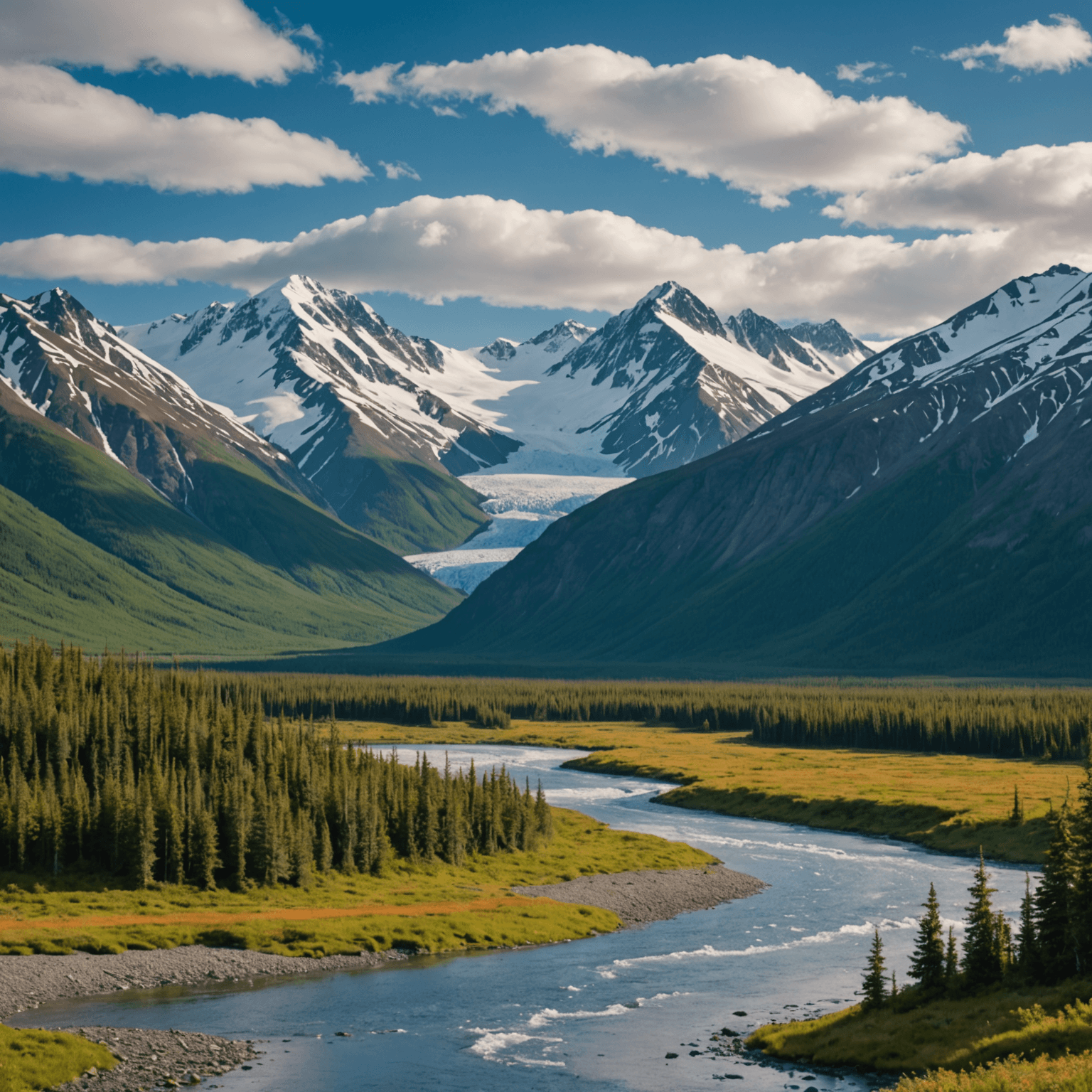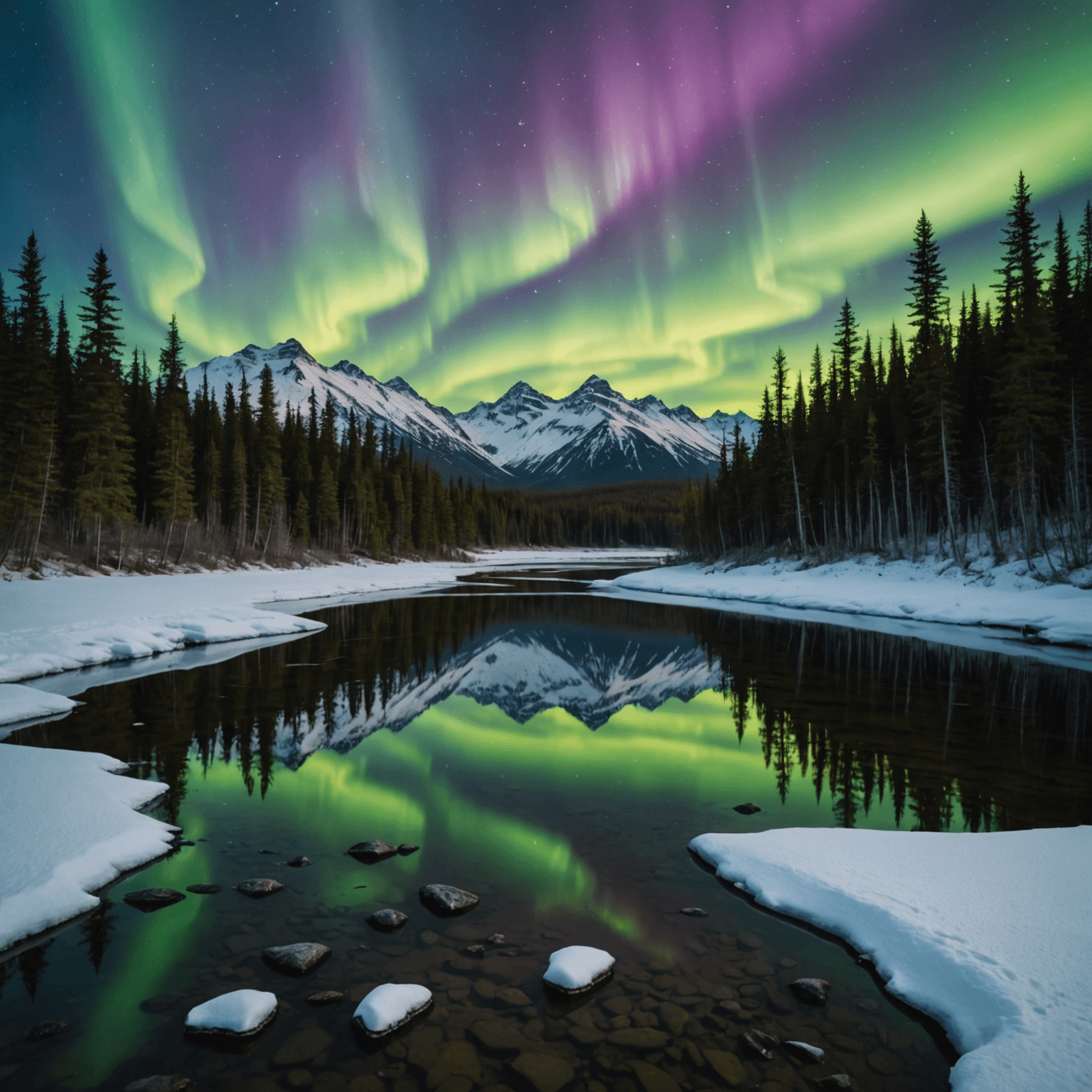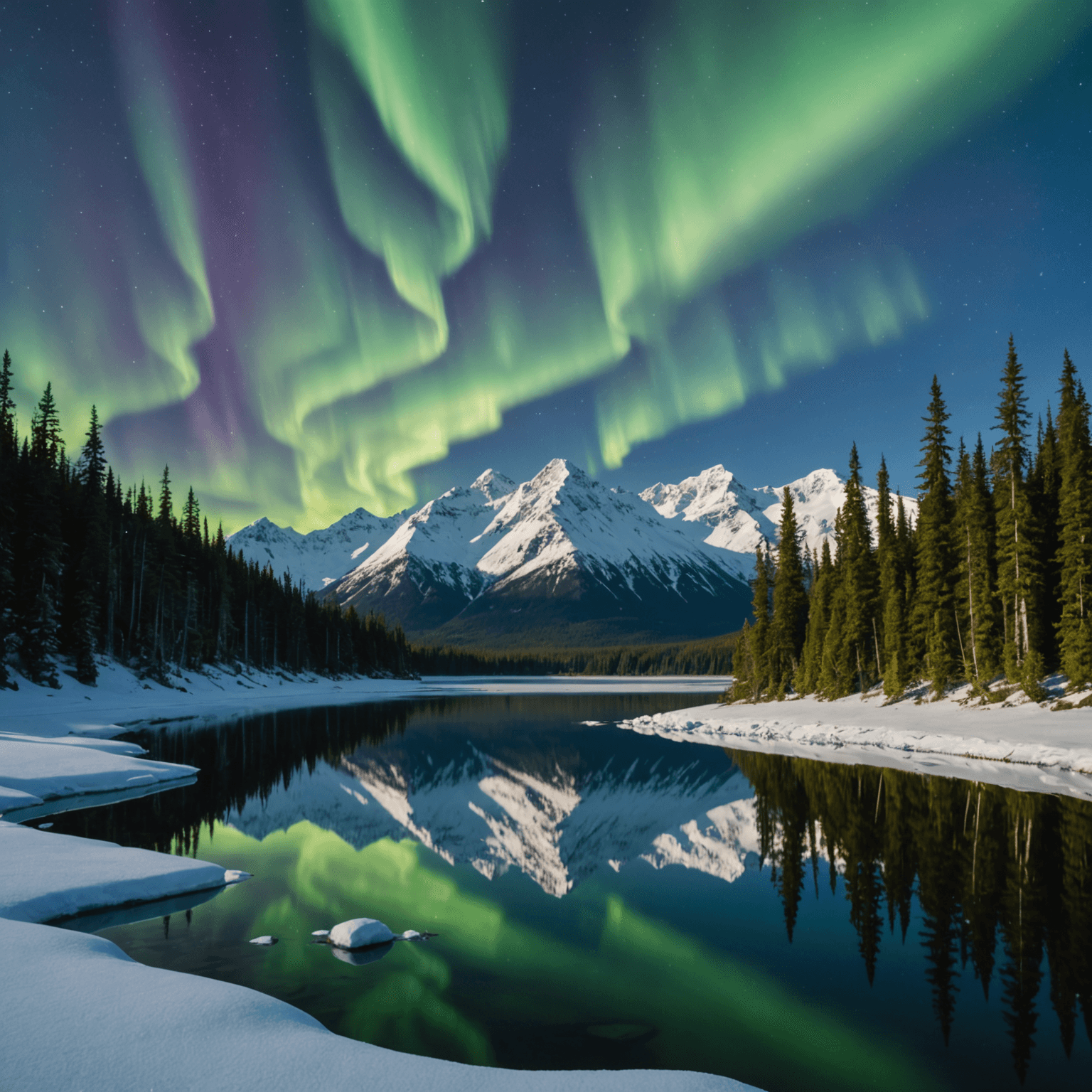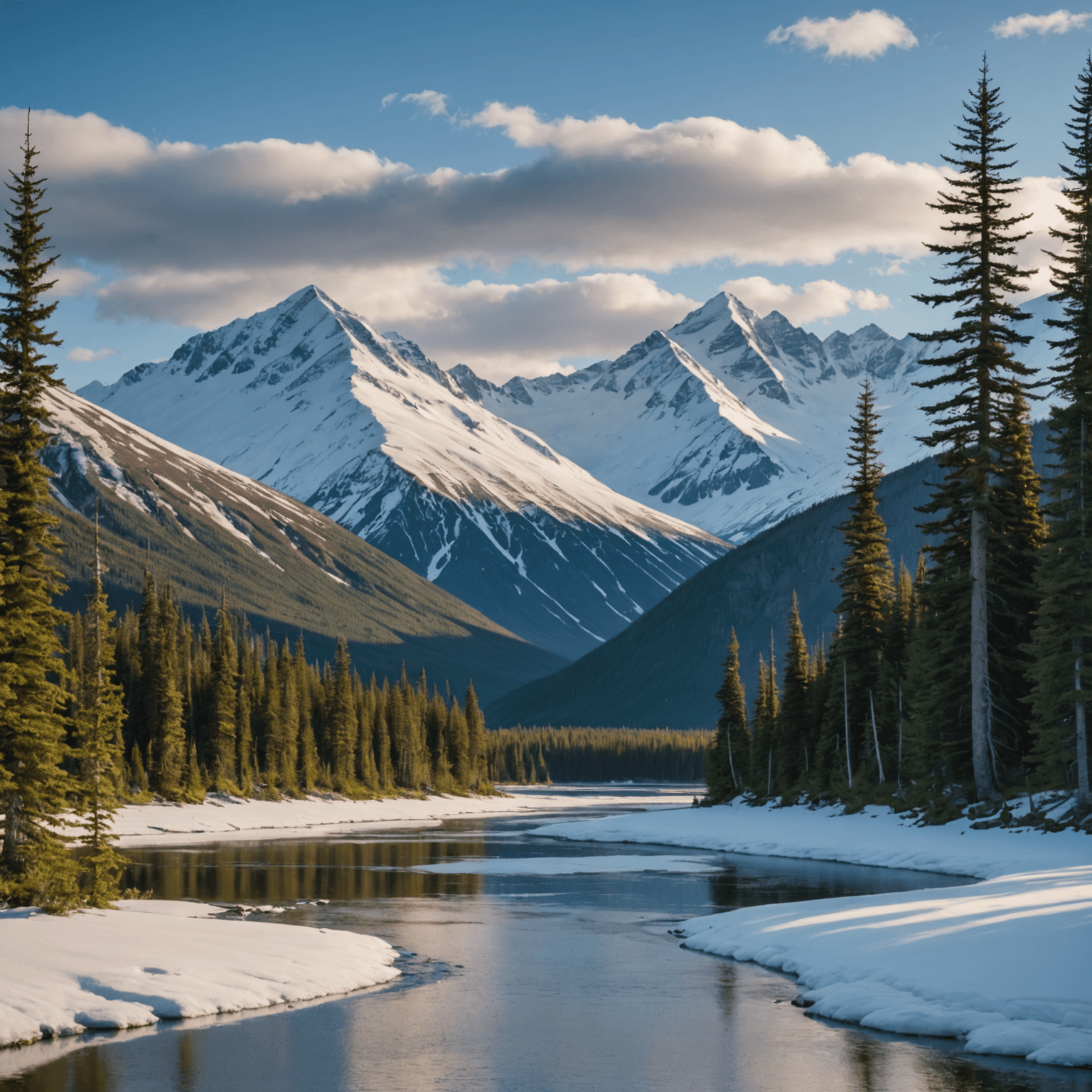Introduction

The Aurora Borealis, also known as the northern lights, is one of nature’s most breathtaking displays. Alaska, with its vast, clear night skies and prime geographic location, is one of the best places to witness this natural spectacle. But what is the best time of year to see the Aurora Borealis in Alaska? This guide will delve into the optimal times for northern lights viewing, ensuring your trip is both memorable and awe-inspiring.
Understanding the Aurora Borealis
Before planning your trip, it’s essential to understand what the Aurora Borealis is and why Alaska offers such an ideal vantage point. The Aurora Borealis is a natural light display caused by the interaction between solar winds and the Earth’s magnetic field. This phenomenon is best observed in regions close to the magnetic poles, making Alaska a prime location for viewing.
Optimal Viewing Season in Alaska
Peak Viewing Months
The best time of year to see the Aurora Borealis in Alaska is from late August to April. During these months, the nights are long and dark, providing the perfect backdrop for the vibrant colors of the aurora. The peak months within this period are from September to March, when solar activity is generally at its highest.
Seasonal Considerations
Autumn (September to November): Autumn offers the advantage of milder weather and lesser crowds. The first sightings of the aurora often happen during this period, and the fall foliage adds an extra layer of beauty to the landscape.

Winter (December to February): Winter is undoubtedly the best time for aurora viewing. The long, dark nights provide ample opportunity for sightings, and the snow-covered landscape adds to the ethereal beauty. However, be prepared for extremely cold temperatures.
Spring (March to April): As spring approaches, nights begin to shorten, but March is still considered one of the best months to see the aurora due to increased solar activity.
Best Locations in Alaska for Aurora Viewing
Fairbanks
Fairbanks is renowned for its frequent and vivid aurora displays. The city’s location under the “auroral oval” makes it a hotspot for northern lights enthusiasts. Consider booking a spot with Snowhook Adventures’ Northern Lights Ultimate Adventure for an unforgettable experience.
Anchorage and the Mat-Su Valley
Anchorage, while slightly further south than Fairbanks, still offers excellent aurora viewing opportunities. A trip to Hatcher Pass in the Mat-Su Valley provides dark skies and beautiful vistas.
Denali National Park
The vast wilderness of Denali National Park offers pristine conditions for aurora viewing. Its remote location means less light pollution, making the aurora appear even more vivid.
Planning Your Trip
Weather Considerations
When planning your aurora viewing trip, it’s crucial to consider the weather. Clear skies are essential for a good viewing experience. Check forecasts from reliable sources like the National Weather Service before heading out.
Safety Tips
Ensure you are prepared for the cold weather. Dressing in layers is key, and always have a backup plan in case of sudden weather changes. For those venturing into remote areas, familiarize yourself with local safety guidelines provided by Alaska’s Department of Fish and Game.
Tours and Excursions
Joining a guided tour can enhance your aurora experience. Companies like Snowhook Adventures offer expertly guided tours that combine aurora viewing with other exciting Alaskan activities like dog sledding and snowmobiling.
Conclusion
Witnessing the Aurora Borealis in Alaska is a life-changing experience. By visiting during the right time of year and choosing the best locations, you can maximize your chances of seeing this spectacular natural phenomenon. Whether you prefer the crisp air of autumn or the snow-blanketed landscapes of winter, Alaska’s northern lights are sure to leave you in awe.
FAQ
What is the best time of year to see the Aurora Borealis in Alaska?
The best time to see the Aurora Borealis in Alaska is from late August to April, with peak viewing months from September to March.
Where are the best places to see the northern lights in Alaska?
Fairbanks, Anchorage, the Mat-Su Valley, and Denali National Park are among the top locations for aurora viewing in Alaska.
How can I increase my chances of seeing the Aurora Borealis?
To increase your chances, visit during peak months, choose locations with minimal light pollution, and keep an eye on weather forecasts for clear skies.
Are there tours available for northern lights viewing in Alaska?
Yes, companies like Snowhook Adventures offer guided tours that can enhance your aurora viewing experience.
What should I wear for an aurora viewing trip in Alaska?
Dress in layers to stay warm, as temperatures can drop significantly at night. Include thermal wear, a warm hat, gloves, and insulated boots.
Can the aurora be seen every night in Alaska?
While the aurora is not guaranteed every night, visiting during peak months and clear nights significantly increases your chances of witnessing this phenomenon.
Is photography of the Aurora Borealis difficult?
Capturing the aurora requires a camera capable of long exposures. A tripod and a remote shutter release are also recommended for the best results.
What other activities can I do while in Alaska for aurora viewing?
In addition to aurora viewing, you can enjoy activities like dog sledding, snowmobiling, and exploring the vast Alaskan wilderness. Check out Snowhook Adventures’ combo tours for more options.





